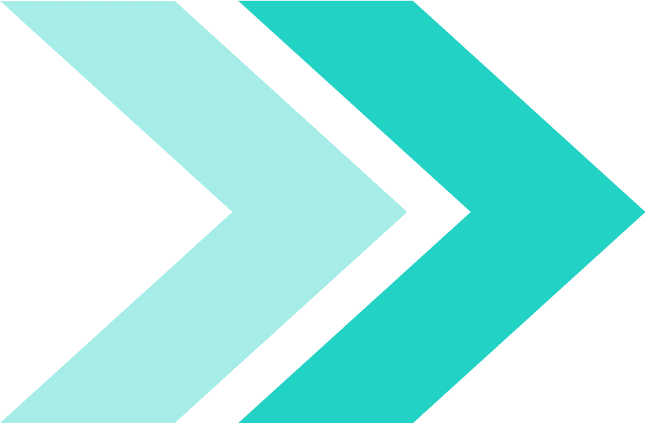Fiber cement boards have become a go-to material for architects who are looking to balance durability with design flexibility. Whether for residential or commercial projects, these boards provide architects with a wide range of design possibilities, allowing them to create aesthetically stunning and structurally sound buildings. In this article, we explore why fiber cement boards are so beloved by architects and how they are transforming modern architecture.
1. Versatility in Architectural Styles
One of the key reasons architects favor fiber cement boards is their incredible versatility. Whether the project is a sleek modern office building or a rustic country home, fiber cement boards can adapt to almost any architectural style.
- Modern Designs: For contemporary or minimalist designs, fiber cement boards offer clean lines and a smooth finish, making them ideal for sharp angles and geometric shapes.
- Traditional Aesthetics: Fiber cement boards can also be manufactured to mimic traditional materials like wood or stone, allowing architects to blend modern performance with classic charm.
This flexibility makes them an ideal choice for architects who want to bring unique design visions to life without compromising on durability or functionality.
2. A Wide Range of Finishes
Fiber cement boards can be finished in countless ways, which gives architects endless options to play with color, texture, and surface treatment. Whether painted, stained, or left raw, fiber cement boards allow for a wide variety of aesthetic finishes.
- Paintable Surface: Fiber cement boards can be easily painted in any color, allowing architects to customize buildings to match the desired visual theme. They can achieve everything from muted tones to bold, eye-catching colors.
- Textured Finishes: These boards are available in various textures, from smooth and sleek to rugged and rustic, adding an additional layer of customization to the design.
3. Durability Meets Aesthetics
Architects love fiber cement boards not only for their design versatility but also for their durability. These boards are known for their resistance to wear, weather, and impact, making them perfect for buildings that require both aesthetic appeal and long-lasting performance.
- Weather Resistance: Fiber cement boards are highly resistant to weather, including extreme heat, heavy rain, and freezing temperatures. This makes them a great choice for buildings in climates that experience fluctuating weather patterns.
- Low Maintenance: Fiber cement boards do not warp, rot, or crack like traditional wood siding, meaning that the building’s appearance will remain pristine with minimal upkeep over time.
This combination of beauty and durability means that architects can confidently choose fiber cement boards for both exterior and interior applications, knowing that the structure will stand the test of time.
4. Environmentally Friendly Design
In an age where sustainability is at the forefront of architectural design, fiber cement boards offer an eco-friendly option. The boards are often made from sustainable materials, including cement, sand, and cellulose fibers, with minimal environmental impact during production.
- Sustainable Materials: Fiber cement boards are often manufactured using recycled materials, contributing to greener building practices. Architects can take pride in specifying these boards for projects aiming to minimize environmental impact.
- Long Lifespan: The durability of fiber cement boards means that fewer materials need to be replaced over time, reducing the overall environmental footprint of the building.
Sustainability is a growing concern for architects, and fiber cement boards meet the need for eco-friendly construction materials without sacrificing aesthetic value.
5. Fire and Pest Resistance
Safety is a top priority for architects, especially when designing buildings in areas prone to fire or pests. Fiber cement boards offer a non-combustible surface with a fire rating that makes them ideal for enhancing the safety of buildings. Additionally, their composition makes them highly resistant to pests like termites, ensuring that the building remains structurally sound.
- Fire Resistance: Fiber cement boards are non-combustible, making them a popular choice for fire-resistant cladding in residential and commercial projects alike.
- Pest Resistance: Unlike wood, fiber cement boards are impervious to termites and other insects, providing long-term protection and reducing the need for harmful pesticides or treatments.
6. Interior and Exterior Applications
Fiber cement boards are not limited to exterior cladding; they are also frequently used in interior spaces to create stunning, durable designs.
- Exterior Cladding: On the exterior, fiber cement boards can be used to create stylish façades with weather-resistant properties, ensuring that the building looks great and performs well for years.
- Interior Design: Inside, fiber cement boards can be used for feature walls, ceilings, and even in wet areas like bathrooms and kitchens, where their moisture resistance adds to their appeal.
This dual functionality makes fiber cement boards an incredibly versatile tool for architects, whether designing interior spaces or exterior façades.
Fiber cement boards offer architects a winning combination of aesthetic flexibility, durability, and sustainability. Whether for residential homes, commercial buildings, or large-scale public projects, these boards provide the freedom to explore various design possibilities while ensuring the structure’s longevity. From modern sleek designs to more traditional rustic finishes, fiber cement boards can elevate any architectural project while delivering lasting performance. It’s no wonder that architects across the globe have embraced fiber cement boards as a key material in their design toolkit.
Authored by Smartcon Int’l. Trade & Marketing Ltd. on 19.10.2024. All rights reserved.

